India vs China amid upheaval in Sri Lankan politics
The recent political turmoil in Sri Lanka brings to the surface the debate on domestic issues vis-à-vis South Asian geopolitics. The turmoil has roots in a suspected plot to assassinate President Maithripala Sirisena by some cabinet ministers. Because of this, Sirisena fired his prime minister, Ranil Wickremesinghe, and appointed former president Mahinda Rajapaksa in his place. The credibility of this plot can be questioned even as reports claim that Wickremesinghe and Sarath Fonseka were apparently involved in it.
The Sri Lanka situation is getting highly violent, with reports of one killing and also indications of further upheaval and chaos. In addition, the cabinet has been fired and the Parliament suspended until November 16. This will prevent Wickremesinghe from proving majority in the Parliament and will surely give time for Rajapaksa to be prepared when the Parliament starts functioning again. It also suggests that both Sirisena and Rajapaksa want to continue to hold power until next year’s presidential election.
The country is currently divided into two camps. While Sirisena and Wickremesinghe were having trouble aligning their ideas about the path of Sri Lankan development for the last few years, Rajapaksa’s appointment upset the Tamil population.
The ongoing chaos has definitely gotten New Delhi worried, as Wickremesinghe was seen as close to India. In the last few years, the relationship between India and Sri Lanka had improved considerably and was looking positive after Wickremesinghe’s visit to India last month.
As per announcements from the Indian Ministry of External Affairs, which came two days after the change of prime ministers, New Delhi will closely follow the developments and hope that a constitutional process is followed. However, India will continue to provide support and aid to its neighbor.
Nonetheless, the recent changes put in question the proposed Indian investments in Sri Lanka, primarily in Mattala Airport, the Port of Colombo’s East Container Terminal, the LNG (liquefied natural gas) plant in Kerawalapitiya, and Palaly Airport in Jaffna. They also cast a shadow on Indian-Sri Lankan relations.
Nonetheless, the recent changes put in question the proposed Indian investments in Sri Lanka, primarily in Mattala Airport, the Port of Colombo’s East Container Terminal, the LNG (liquefied natural gas) plant in Kerawalapitiya, and Palaly Airport in Jaffna. They also cast a shadow on Indian-Sri Lankan relations.
The United States and the European Union have also asserted the need for following the constitutional process, but China was quick to congratulate Rajapaksa. Cheng Xueyuan, the Chinese ambassador to Sri Lanka, personally called on the newly appointed PM.
The promptness with which Beijing congratulated Rajapaksa underscores the arguments that he is a pro-China man. During his term as president, the Sri Lankan economy became riddled with Chinese debt that culminated with Beijing gaining control of the Hambantota Port for 99 years. His administration had also been mired in corruption scandals. He had even blamed the Indian intelligence agencies for his loss in the 2015 elections.
Sirisena, on the other hand, had projected a more anti-China image and won the election showing a focused attempt to end corruption and save the Sri Lankan economy. However, the recent developments project a very different story.
The reasons China is happy are quite obvious. In the last few years, some resistance was appearing in Colombo toward the incoming Chinese investments. The government was becoming more concerned about the long-term impacts on the domestic economy and financial stability. A number of projects had also witnessed some violence and opposition.
The appointment of Rajapaksa as the new prime minister could change this direction of thought and give Beijing added leverage. This also provides a new lease on life for the Chinese Belt and Road Initiative (BRI) and makes way for more Chinese investments. It also shows that China has great sway in the domestic politics of South Asian countries.
The domestic turmoil in Sri Lanka has a greater geopolitical, regional, and political connotation. The current leaders are overtly pro-Beijing and have consistently worked toward using China to counter Indian influence. It was no surprise that days before Wickremesinghe’s visit to India, Sirisena even made claims to the cabinet that the Indian Research and Analysis Wing (RAW) was involved in a plot to assassinate him. Such accusations highlight the insecurity and mistrust harbored by the current Sri Lankan president toward India.
The concerns of the Chinese having a forward military base in Sri Lanka that were projected by US Vice-President Mike Pence were countered by Wickremesinghe last month, but the recent developments give further strength to the US concerns.
India and Sri Lanka had been managing the vicissitudes of their bilateral relationship, but the recent developments project a new challenge. India has been struggling to maintain its influence in the neighborhood as many countries in the region (Pakistan, Nepal, Maldives and Sri Lanka) have shown increased leaning toward Beijing.
The region that India has regarded as its natural sphere of influence is slipping out of its hands. This will provide a new wake-up call to New Delhi as it needs to rethink and reformulate its policies toward the South Asian region. China has successfully managed to gain greater influence and leverage by exploiting its financial strength. The question now is whether India needs to combine some hard power with its soft-power approach and establish its status as an important player in the Indian Ocean region and South Asia.
Though the Chinese influence cannot be totally ignored, the current upheaval in Sri Lanka may have roots primarily in the domestic power struggle. However, Beijing will definitely be happy to exploit this opportunity, while New Delhi will have to look for ways to get the relationship back on cordial terms.
This Article first appeared on the Asia Times website
-
Still No Comments Posted.




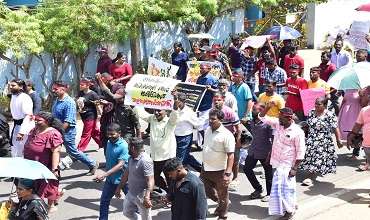
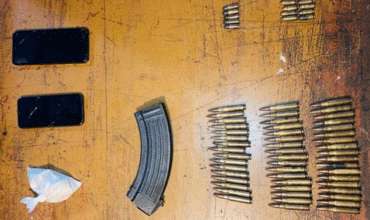
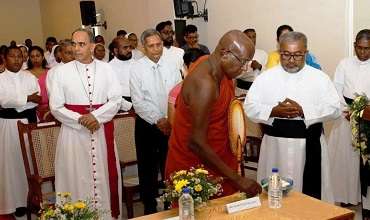
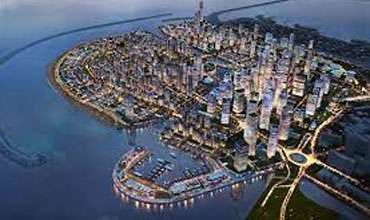
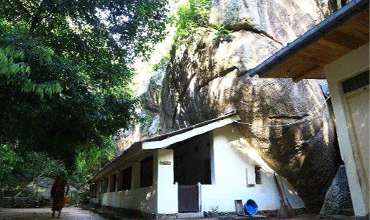
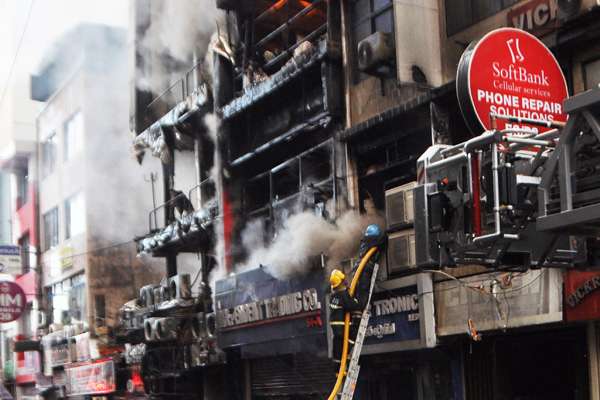
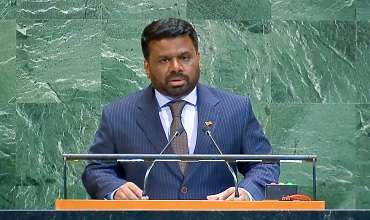
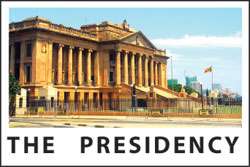
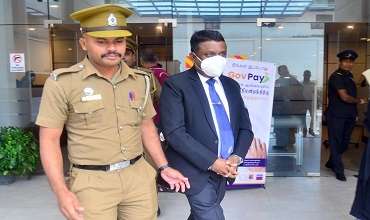

Leave Comments